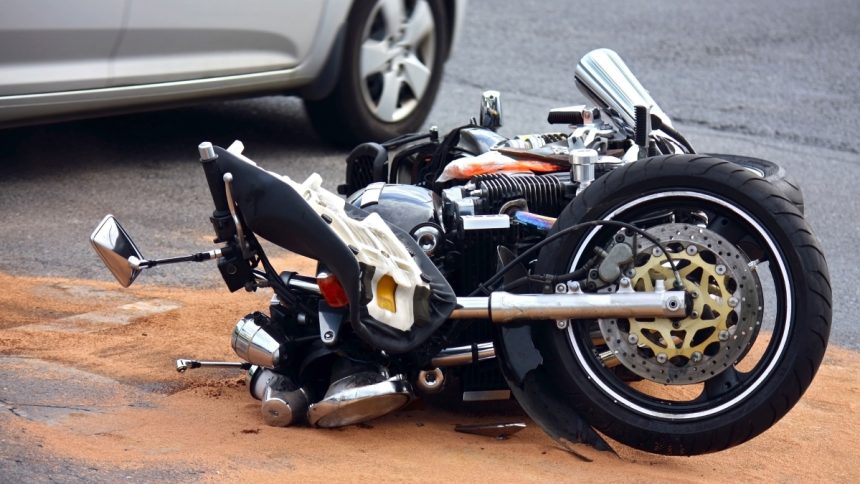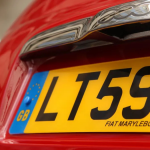Motorcycle accidents can result in a range of injuries, but broken bones are among the most common and serious. Due to the lack of protective barriers, motorcyclists’ vulnerability means that even a minor collision can lead to fractures. These injuries can vary widely in severity, from simple breaks that heal relatively quickly to complex fractures requiring extensive medical intervention. Understanding the impact of these injuries is crucial for motorcyclists and their families, as it affects both immediate treatment and long-term recovery.
For those affected by motorcycle accidents, navigating the aftermath can be daunting. Legal support is often necessary to secure compensation for medical expenses, lost income, and other damages. Consulting a motorcycle accident lawyer in Seattle can provide crucial assistance in understanding and pursuing your legal rights following such an incident.
Types of Fractures
Broken bones from motorcycle accidents can range from minor fractures to severe, life-threatening breaks. Common types include:
- Simple Fractures: These involve a single break in the bone and often heal with immobilization and rest.
- Compound Fractures: Open fractures occur when the bone breaks through the skin, requiring immediate medical attention and often surgery to prevent infection.
- Comminuted Fractures: In these cases, the bone shatters into multiple pieces, which can complicate treatment and prolong recovery.
- Spiral Fractures: Caused by a twisting force, these fractures spiral around the bone, typically seen in limbs subjected to rotational forces during an accident.
Severity and Complications
Broken bones from motorcycle accidents can range from minor fractures to severe, life-altering injuries. Simple fractures usually heal with a cast or splint and a few weeks of rest. However, compound fractures, where the bone pierces the skin, require immediate surgery due to the high risk of infection. These open fractures need prompt medical attention to prevent complications and ensure proper healing.
More complex fractures, like comminuted fractures, involve the bone-shattering into multiple pieces, often requiring intricate surgeries to reconstruct the bone. Fractures in weight-bearing bones, such as the femur or those involving joints, can significantly impair mobility and function. Complications like non-union, where the bone doesn’t heal properly, or nerve damage causing chronic pain underscore the need for timely and effective medical care after an accident.
Commonly Affected Bones
Motorcycle accidents often result in fractures to specific bones due to the way riders impact the ground or other vehicles. The most commonly affected bones include:
- Arms and Wrists: Riders instinctively use their arms to brace against falls, leading to fractures in the wrists, forearms, and shoulders.
- Legs and Ankles: The legs are frequently injured during a crash, with fractures occurring in the femur, tibia, fibula, and ankles due to direct impact or being trapped under the bike.
- Clavicle (Collarbone): The clavicle is particularly vulnerable during falls and impacts, often breaking when a rider hits the ground or another object.
- Ribs: Rib fractures are common due to the forceful impact on the handlebars or ground, which can also pose risks to internal organs.
Treatment and Rehabilitation
Treating broken bones from motorcycle accidents starts with stabilizing the injury and managing pain. Minor fractures typically involve casting or splinting the bone to immobilize it and allow natural healing. Severe fractures, however, often require surgical intervention to properly align and secure the bones using plates, screws, or rods.
After the initial treatment, rehabilitation becomes a crucial part of the recovery process. Physical therapy is essential for restoring the affected area’s strength, flexibility, and mobility. This phase of recovery can be lengthy and demands regular exercises and consistent effort from the patient to regain full function.
Effective pain management is also vital throughout the treatment and rehabilitation process. This might include the use of medications and alternative therapies to help manage pain and ensure comfort during healing. Proper pain control is critical to facilitate a smoother and more successful recovery.
Long-Term Impact and Recovery
The long-term impact of broken bones from motorcycle accidents can vary significantly. Recovery times depend on the severity of the fracture and the quality of medical care. While some individuals may recover fully, others may suffer from chronic pain, reduced mobility, or permanent disability, especially if the injury involves critical areas like the spine or major joints.
In addition to physical challenges, the psychological effects can be profound. Many victims experience anxiety, depression, or post-traumatic stress disorder (PTSD) following the trauma of the accident and the recovery process. Comprehensive care that addresses physical and mental health is crucial for achieving the best possible recovery and improving overall well-being.
Financial and Legal Considerations
The financial impact of broken bones from motorcycle accidents can be significant. Medical expenses for emergency care, surgeries, and rehabilitation quickly add up, often leaving victims with substantial out-of-pocket costs even with insurance. These immediate financial burdens can strain the resources of victims and their families during the critical recovery period.
In addition to medical bills, severe injuries frequently lead to long periods away from work or even permanent loss of earning capacity. This loss of income can make it difficult to cover everyday living expenses, adding to the stress and financial pressure victims face. Managing both recovery and finances becomes a daunting challenge.
Navigating the legal process to obtain compensation is complex and usually requires professional assistance. A motorcycle accident lawyer can help victims file insurance claims and pursue personal injury lawsuits to secure funds for medical bills, lost wages, and other related costs. Legal support is essential to
Preventive Measures for Motorcyclists
To minimize the risk of fractures and other injuries, motorcyclists should prioritize motorcycle safety by consistently wearing protective gear. Helmets, gloves, jackets, and boots are essential for protecting against impacts and abrasions, significantly reducing the severity of injuries in the event of an accident. Additionally, adopting safe riding practices, such as staying alert, maintaining a safe speed, and practicing defensive driving, is crucial. These habits help motorcyclists anticipate and avoid potential hazards, ensuring a safer journey.
Regular motorcycle maintenance is also a key aspect of motorcycle safety. Keeping the bike in optimal condition prevents mechanical failures that could lead to accidents. Motorcyclists should be especially cautious in adverse conditions, such as poor weather or on unfamiliar roads. Extra vigilance and adapting to these challenging environments help minimize the risk of accidents, promoting overall safety for riders.
Lynn Martelli is an editor at Readability. She received her MFA in Creative Writing from Antioch University and has worked as an editor for over 10 years. Lynn has edited a wide variety of books, including fiction, non-fiction, memoirs, and more. In her free time, Lynn enjoys reading, writing, and spending time with her family and friends.















